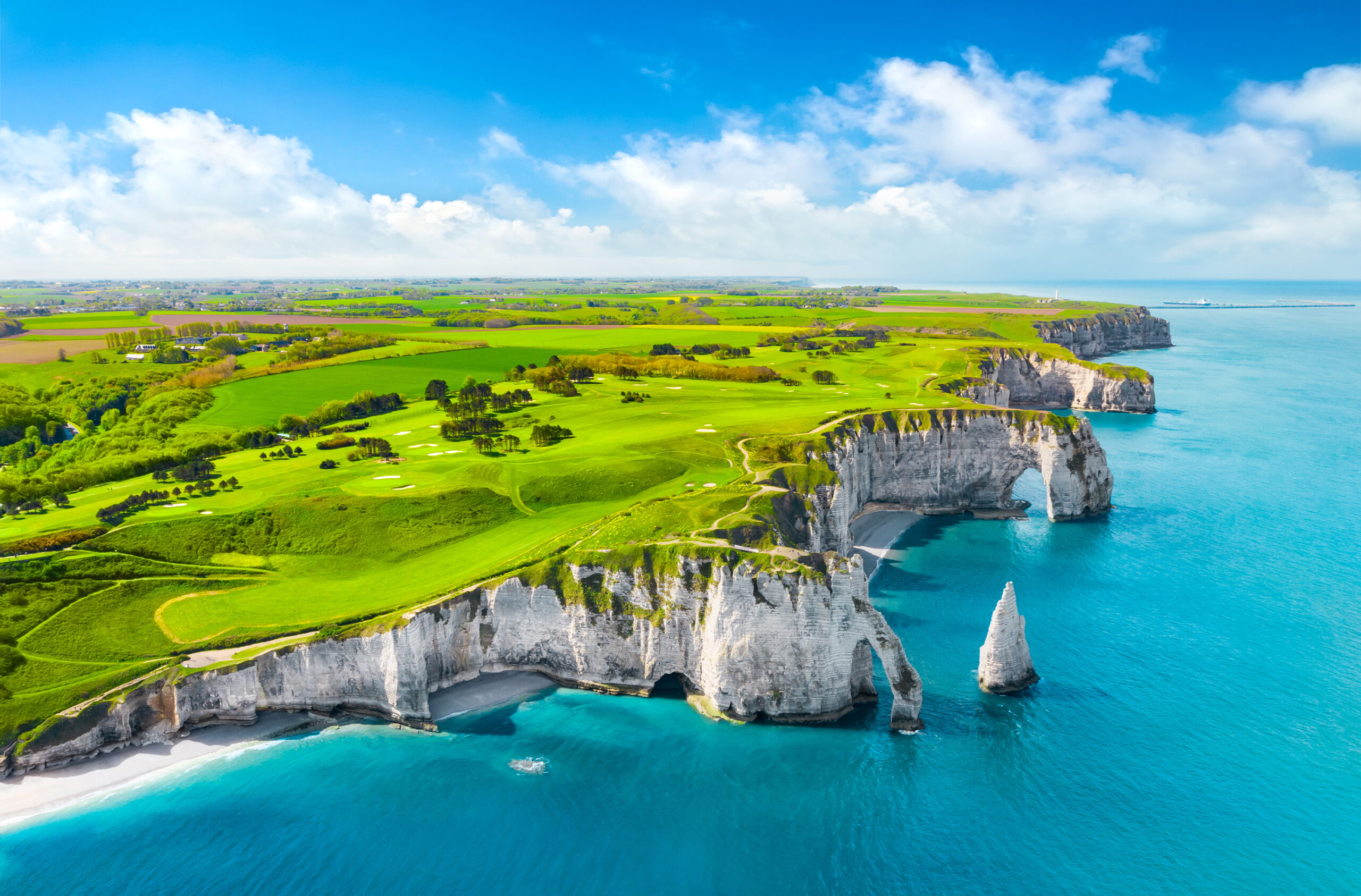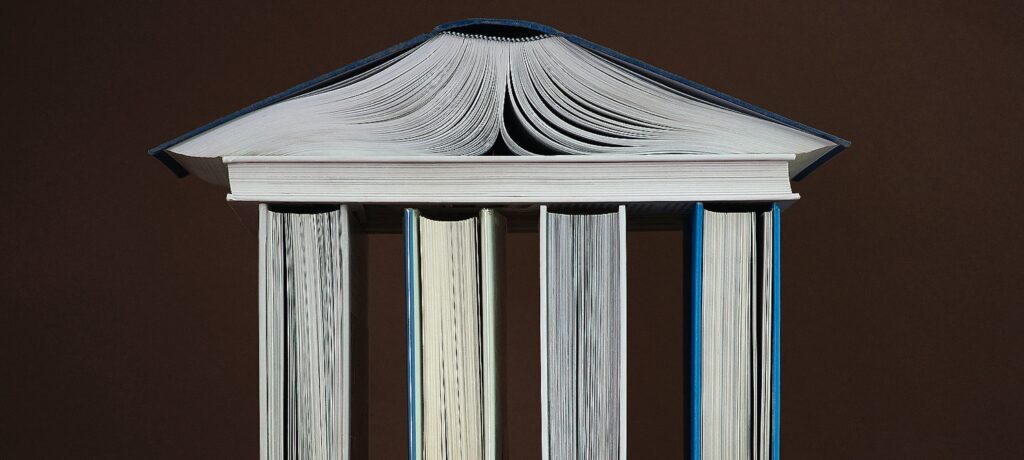In 1961, responding to criticism that communists were being allowed to speak on the Berkeley campus, UC President and former Berkeley Chancellor Clark Kerr famously said: “The University is not engaged in making ideas safe for students. It is engaged in making students safe for ideas.” Only through the free expression of ideas, he added, could the university properly serve American democracy. It’s a sentiment I’m sure most readers will heartily agree with, perhaps especially now, when democracy itself appears to be increasingly under threat.
The irony, of course, is that a few years later, Kerr himself would be cast as the enemy by the Free Speech Movement. Listen again to Mario Savio’s famous speech from the steps that now bear his name. Kerr’s administration was the very machine the firebrand urged his fellow protesters to halt by throwing their “bodies upon the gears and … upon the levers.” After Ronald Reagan ascended to the governorship on a promise to “clean up the mess at Berkeley,” Kerr, the great conciliator, was promptly fired, and Savio was unmoved. “Good riddance to bad rubbish,” he said.
I got to thinking about this messy history while preparing to interview Erwin Chemerinsky, dean of Berkeley Law, coauthor of Free Speech on Campus, and a leading authority on First Amendment law. I had approached him after reading alarming allegations that student groups had somehow instituted “Jewish-Free Zones” at the law school. As you would imagine, Jewish groups and other concerned citizens denounced the students and demanded discipline. The truth of the affair is—surprise, surprise—far less sensational; the groups agreed not to invite speakers with pro-Israel and pro-Zionist views. Ultimately, that makes it a speech issue, plain and simple—although, as I try to suggest above, speech issues are never plain and simple. To read more, turn to “Are Anti-Zionism Bylaws Protected?” on page 51.
In another story related to the law school, contributor Rob Gunnison takes us back to Tuskegee, Alabama, and the legal battle, led in no small part by Berkeley-trained attorneys, to desegregate schools there during the Civil Rights Movement. See “The Tuskegee Law Men,” page 42.
From the law we turn to fine arts—in particular, late artist Joan Brown, a delightfully offbeat painter and sculptor whose work is now on exhibit at SFMOMA. An accompanying book, titled simply Joan Brown, is also available from UC Press. Executive Editor Laura Smith examines the career and legacy of the former Berkeley art professor. See “After Life,” on page 22.
Finally, our listicle. You may know all about Berkeley as the home of free speech, but did you also know that Cal was the cradle of the fruit cocktail? The very womb of the wetsuit? The domicile of deep state? You didn’t? Well, for more on those and other surprising facts, go to page 32 to read “11 Things You’ll Never Believe Came Out of Cal.” Yes, it’s meant to be a little tongue in cheek, but we hope at least some of the connections really will surprise you, and that all of them will entertain. Most of all, we really hope you’re not bored. Because, to quote Clark Kerr again, “If you are bored with Berkeley, you are bored with life.”
One last note before I sign off.
If you follow us on social media, you may have seen clips of Yours Truly asking for money. I’m not very good at it—mostly because I hate to do it. But these are tough times for magazines like ours. Paper, printing, and mailing costs have all increased while advertising dollars have diminished. Despite staffing and supply chain challenges, we didn’t skip a beat during the darkest days of the pandemic, but now we need your help to keep going. If you can afford it, please consider a donation in any amount to help fund our independent journalism. Visit alumni.berkeley.edu/support-california-magazine.
California magazine has been going strong for more than 125 years. Let’s keep that legacy alive.
Fiat Lux. Go Bears. And Happy Holidays.











![Clark Kerr [l], former President of the University of California, leaves a meeting of the Board of Regents after they fired him at Governor Ronald Reagan's insistence.](https://alumni.berkeley.edu/wp-content/uploads/2022/11/EdNote_Reagan_1F-2048x914.jpg)








